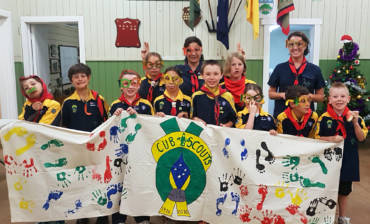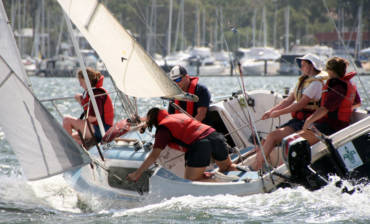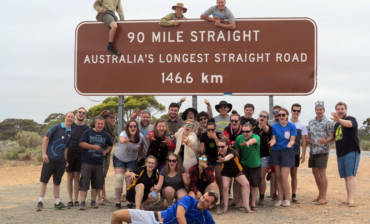WA Lone Scout Group
The WA Lone Scout Group, which began in 1925, offers Scouting to young people who want to participate in Scouting and who cannot get along to a regular Scout Group every week.
Members of Lone Scouts usually live in remote or isolated farms, small towns, islands or overseas – or they might be at a boarding school, travelling around Australia or suffering from a chronic illness or disability.
Scouting for everyone, anywhere!
Lone Scouts gives you the opportunity to participate in Scouts even if you live in a remote area or the nearest Scout group is some distance away.
From Joey Scouts all the way through to Rovers, joining lone Scouts means you can still take part in a range of fun adventures and get together with other Scouts at heaps of events.
If you have ever wanted to be a Scout but thought you lived too far away or had no fellow Scouts your own age, Lone Scouts might be for you!

WA Lone Scouts provide a unique Scouting opportunity for everyone, anywhere!
Lone Scouts is for those who want to participate in the Scouting community who may:
- live in a regional, rural or remote area,
- live on an isolated farm, small town on an island or overseas,
- have no Scout Group in their local area,
- live in a region where the Scout Group does not have a Unit appropriate to their age group,
- be travelling around Australia.
WA Lone Scouts operate like a distance learning group with:
- Communication via the mail, telephone and internet
- Regular program resources available so that members can make the most out of their Scouting
- Overnight and holiday meetings, activities and camps, when possible.
- Programs provided on Social Media platforms, such as Zoom.
- Opportunities to participate in other Scout Group activities that are nearby.
- Opportunities to participate in Branch activities and events
- Opportunities to participate in National and International Scouting Events
- An opportunity to continue in Scouting so that you may later become a Leader in your local district!
Our members mainly use the internet to communicate with one another but still plan to meet up with others for camps and Branch events, when possible. As has been proven throughout the current pandemic situation, finding a balance between ‘on screen time’ and ‘real time’ activities is not an easy task but we are always applying new ways to keep moving forward by listening to our youth members, along with their families, to help achieve positive and ongoing solutions to any instances that may occur and more importantly, to help our youth members continue on their journey through Scouts along with achieving their goals.
For more information about joining WA Lone Scouts please contact gl.walones@scoutswa.com.au or phone Scouts WA on (08) 6240 7700
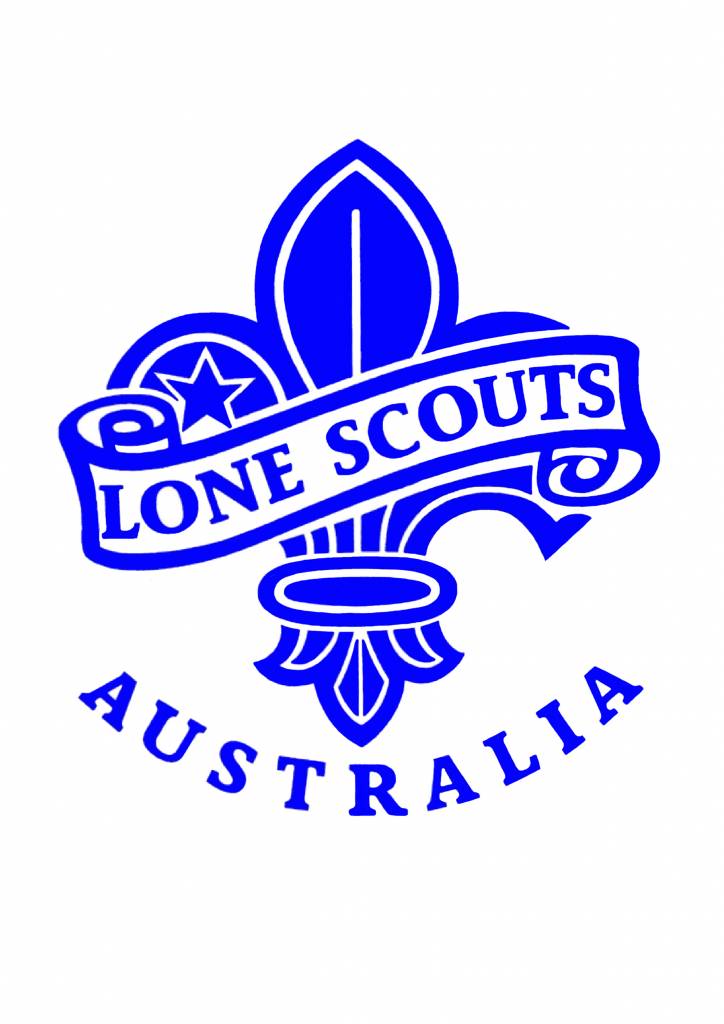
History of Lone Scouts in Australia
Lone Scouts have been around since Scouting first commenced in Australia in 1908. These “Lones” were boys who did not belong to a Patrol or Troop but wanted to be Scouts. South Australia was the first state to have a dedicated Lones group with ‘SA Lone Scouts’ being registered with their own Leaders in 1913. NSW started a Lone Scout group in 1915, with references to ‘WA Lone Scouts’ being recorded in 1925.
Australian Lone Scouts wore the same Boy Scout Uniform as other Scouts, but with their own colour tapes and name tag. Today we still wear the current navy Scout uniform, with our Lone Scout name tape, but District Badges have replaced the coloured tapes.
It has been very difficult to confirm exactly when the “distinctive” Lone Scout Neckerchief was first worn, references to it date back to May 1933 (or earlier), and what colour or what it was that made it ‘distinctive’ has not yet been determined.
However, for at least the last 50 years, the ‘distinctive’ Lone Scout Scarf (Neckerchief) has been Royal Blue with the Lone Scout Badge worn on the back. This royal blue Lones Scarf is an international scarf and recognised widely as being “LONES”.
The Lone Scout Badge, which dates from (at least) WWI, is a white fleur de lis with ‘Lone Scouts’ in a scroll across the fleur de lis on a royal blue background. One very early modification appearing briefly was a royal blue fleur de lis on a white background, but all other versions are a royal blue backing and white fleur de lis.

International Scout Badge worn on Lone Scout scarves throughout the world
The Lone Scout official emblem is the National Lone Scout emblem as worn on our scarf. The other official badge Lone Scouts has is the district badge as worn on our uniform.
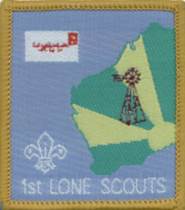
Circa 1970’s, one of the first WA Lone Scout District Badges
WA Lone Scouts, operate under the same National Scout Badge Award scheme, with various adaptations as required to suit the unusual situations some Lone Scouts find themselves in. For example, a Scout may be required to do a certain activity with the Unit. The Unit may consist of 5 other Scouts scattered across many hundreds of kilometres, whom they may see once a year, if they are lucky, so the Unit then becomes that youth member’s ‘Scout family’, for those on isolated Stations, or in their school class at their local school.
Lone Scouts bridges the gap to provide an opportunity to experience Scouting and what Scouting provides to our youth members, when they cannot access mainstream Scouting opportunities.

For more information about joining WA Lone Scouts please contact gl.walones@scoutswa.com.au or phone Scouts WA on (08) 6240 7700.



